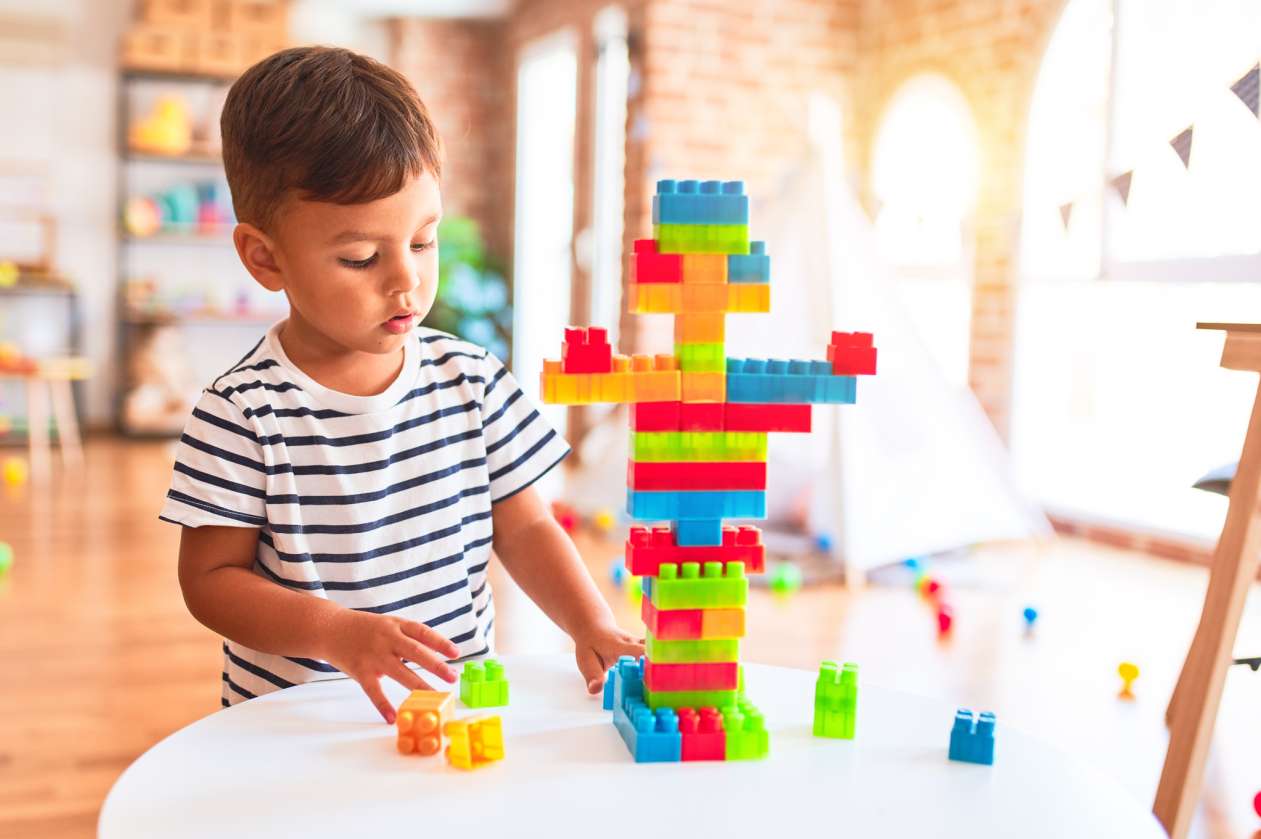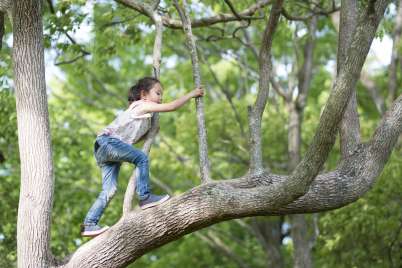
Building your child’s brain through physical literacy
In the last article in this series, I wrote about how building your child’s brain is like building a house. The early years are the time to build a sturdy foundation upon which a strong house – that can last a lifetime – can be built. Just like the four walls of a house, a child’s brain has four main areas of development: cognitive, emotional, social, and physical.
Each of these four areas needs to be supported and nurtured so that the child’s house will be well balanced.
- Cognitive development refers to when a young child learns to speak, read, write, and count. It is also how a child learns to think through situations, plan ahead, and solve problems.
- Emotional development is how a young child learns to understand his emotions and express them in acceptable ways. This is how a child learns to say that he is tired, angry, sad, or confused. And then, with the support of those around him, he learns how to work through these emotions in ways that help his family, teachers, and friends become aware of what he needs.
- Social development is learning how to make friends, share, and play with others. As a child develops socially, she learns how to negotiate with her friends about what to play and she knows that her turn on the swing will come soon. She learns self-control and becomes able to deal with distractions.
- Physical development is not only about growing taller and heavier. It is about a child learning how to control the large muscles (gross motor) in his torso, arms, and legs to jump, run, and kick. It is also about learning how to control the small muscles in his hands and fingers (fine motor) to hold a pencil, paint, and turn the pages of a book.
Second in a series
This series of articles tells the story of a child’s early brain development and how it relates to the development of physical literacy.
- Building your child’s brain is like building a house
- Building your child’s brain through physical literacy
- Build your child’s brain by giving them lots of experiences to explore
- Active play experiences help young children develop physical literacy
- Why relationships are so important when building a child’s brain
- How to support the ‘air traffic control system’ of your child’s brain
Physical literacy for young children—related to early brain development?
It makes sense that physically active young children will experience positive physical effects. The obvious results are to physical health: healthy body, healthy heart, and healthy weight. In addition to fine and gross motor skills, physically active children develop better coordination and posture, and learn to move skillfully: strength, agility, balance, endurance, flexibility.
All of those characteristics that physically active children develop are what make them physically literate.
But being physically literate also contributes to overall well-being. Recent studies have shown that, in our super busy lives, young children can mediate the effects of stress and anxiety, and learn to make healthy lifestyle choices when they are physically active. Just like adults!
Four walls of development
Like four strong walls of a well-built house, the four areas of development connect and support one another as children’s brains develop. As a result, there are a great many benefits to children’s overall development when they are physically active and literate. These children experience better:
- mental health
- self-esteem
- problem solving
- attention/focus
- self-regulation
- self-control
- peer relationships
- social skills
- concentration
- self-awareness
- awareness of others
- imagination
Science tells us that all four areas of development work together to build healthy brains. When children are physically healthy, they are able to learn better in school. When children are physically active, they are better able to concentrate and problem solve. All areas of development – the four walls of a child’s house – must be equally well developed to live a healthy, happy, and productive life. In other words: you can’t do one without the others!
In the next article, I’ll explain the important building blocks of the brain: experiences.





